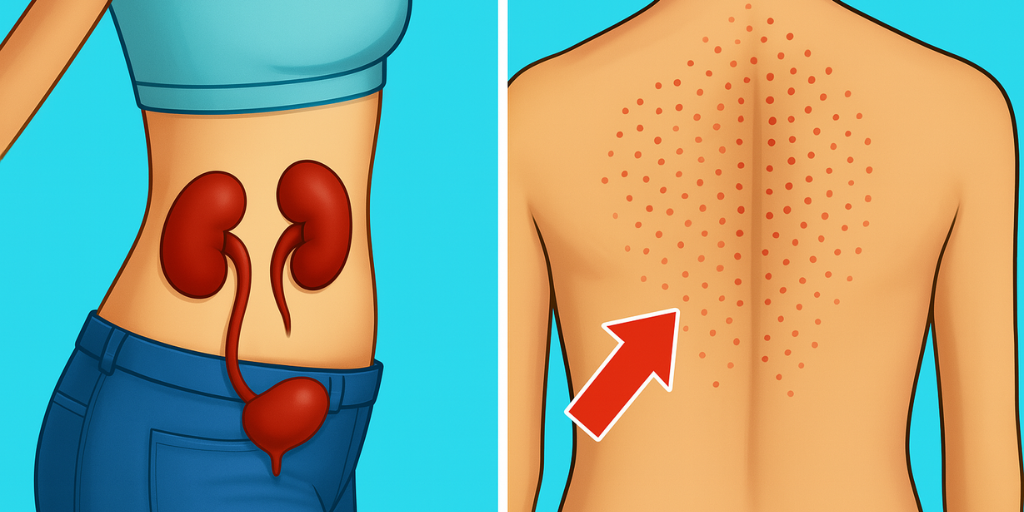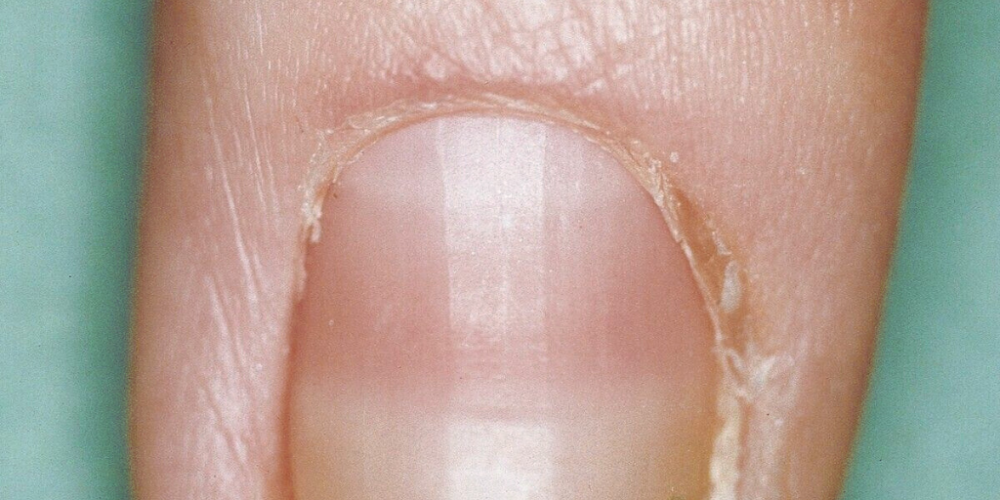
Did you know that your skin, nails, and even your breath can give you important clues about the health of your kidneys? Kidney disease is more common than you might think, and it often hides in plain sight. It’s estimated that up to 90% of people with chronic kidney disease don’t even know they have it. This is a big problem because if we catch kidney disease early, we can usually treat the root cause and prevent further damage. So, let’s look at 17 signs of chronic kidney disease that you might be able to see. (Based on the expertise of Dr. Siobhan Deshauer.)
Understanding Your Kidneys

Your kidneys are two bean-shaped organs located on either side of your lower back, just under your ribs. While many people think of them as simple filters that get rid of toxins in your urine, they actually do much more. Kidneys help regulate salt, potassium, and other electrolytes, balance acid levels in your blood, control hemoglobin levels, and maintain bone health. So, how can you tell if these important organs are in trouble?
Key Takeaways
- Many people with kidney disease don’t know they have it.
- Early detection allows for treatment of the root cause and prevention of further damage.
- Visible signs in urine, skin, nails, and breath can indicate kidney problems.
- Common causes include diabetes, high blood pressure, and overuse of certain medications.
Signs You Can See
17. Foamy Urine

If you notice a persistent layer of dense white foam in your urine, similar to the head on a beer, it could be a sign. This often means a protein called albumin is leaking from your blood into your urine. Normally, the tiny filters in your kidneys, called glomeruli, are too narrow for large proteins like albumin to pass through. However, when these filters get damaged, they can develop gaps, allowing albumin to leak out. Albumin has a soap-like quality, which is why it creates foam.
16. Swelling (Edema)

To check for swelling, gently press your thumb into your lower shin bone for about 5 seconds. If it leaves an indent, it’s called pitting edema. This can happen when your kidneys aren’t filtering properly and you lose albumin in your urine. Lower albumin levels in your blood mean less fluid is held inside your blood vessels. This fluid can then leak into your tissues, causing swelling, often in the legs, feet, or around the eyes. While standing all day can cause mild swelling that improves overnight, persistent or worsening swelling, especially around the eyes, could be kidney-related.
15. Peeing a Lot at Night (Nocturia)

Contrary to the myth that peeing a lot means healthy kidneys, the ability to concentrate urine is key. When kidneys struggle, they lose this ability. If you find yourself getting up multiple times a night to urinate, a condition called nocturia, it could be an early sign of kidney disease.
14. Half and Half Nails

Take a look at your nails. Normally, the base of your nail (the lunula) is lighter. However, in some people with chronic kidney disease, the top half of the nail appears pink or brown, while the bottom half is white. These are called half and half nails, and while the exact cause isn’t known, there’s a strong link to kidney issues.
13, 12. Calcinosis Cutis and Artery Calcification

When kidneys can’t get rid of excess phosphate, levels in the blood rise. Phosphate can bind with calcium, forming crystals. If these crystals deposit in the skin, it’s called calcinosis cutis, appearing as hard, painless, whitish-yellow bumps. More concerning, these crystals can deposit in blood vessels, making them hard and less flexible. This artery calcification can be seen on X-rays as the arteries become visible, feeling like a guitar string under the skin. High phosphate also affects calcium levels, which can lead to muscle cramps.
11, 10. Muscle Cramps and Osteoporosis

Low calcium levels, often linked to kidney problems and high phosphate, can cause painful muscle cramps, especially at night. Additionally, the body releases parathyroid hormone to try and get calcium from bones when levels are low. Over time, this weakens bones, leading to osteoporosis. Signs include height loss or fractures from minor falls, particularly in the wrist, spine, or hips.
9, 8. Itchy Skin and Restless Legs Syndrome

As toxins build up in the blood (uremia), they can irritate the skin, causing intense itching, often worse at night. These toxins can also make nerve endings more sensitive. Uremia can also contribute to restless legs syndrome, a condition causing an urge to move your legs, especially when trying to sleep. This is partly due to how toxins affect iron levels and the hormone hepcidin, which can lead to iron deficiency and the symptoms of restless legs.
7, 6. Metallic Taste and Loss of Appetite

When uremic toxins accumulate, they can affect your taste buds, leading to a metallic taste in your mouth, similar to licking a penny. These toxins can also make your breath smell like urine (uremic fetor). This change in taste and smell, along with toxins affecting the brain’s appetite control center, can lead to a loss of appetite, nausea, and unintentional weight loss.
5. Easy Bruising

Uremic toxins can make platelets, the blood cells that help stop bleeding, less sticky. This means people with kidney disease may bruise more easily, have more frequent nosebleeds, or experience bleeding gums when brushing their teeth.
4, 3. Uremic Frost and Pericarditis

In very advanced kidney failure, sweat can become so concentrated with toxins that it leaves a fine white powder on the skin when it dries – this is called uremic frost. Another serious sign is pericarditis, inflammation of the sac around the heart caused by uremic toxins. This can cause chest pain as the heart rubs against the inflamed tissue.
2. Fatigue (Anemia)

Kidneys produce a hormone called erythropoietin, which signals the bone marrow to make red blood cells. When kidneys are damaged, they produce less of this hormone, leading to anemia (low red blood cell count). This anemia is a major cause of fatigue, making even simple activities feel exhausting. Fortunately, this can often be treated with medication.
1. No Symptoms

It’s important to know that many people with chronic kidney disease, especially in the earlier stages (1-2), may have no noticeable symptoms at all. Often, kidney disease is only discovered incidentally through blood or urine tests. This highlights the importance of prevention and regular check-ups, especially if you have risk factors.
Prevention and Risk Factors

While many factors can affect kidney health, diabetes and high blood pressure are the most common culprits. Overusing over-the-counter pain medications like Ibuprofen and Naproxen can also harm kidneys over time. It’s wise to use these medications sparingly and discuss consistent use with your doctor, who can monitor your kidney function. Staying informed and taking steps to manage conditions like diabetes and high blood pressure are key to protecting your kidneys.
Source: Dr. Siobhan Deshauer

